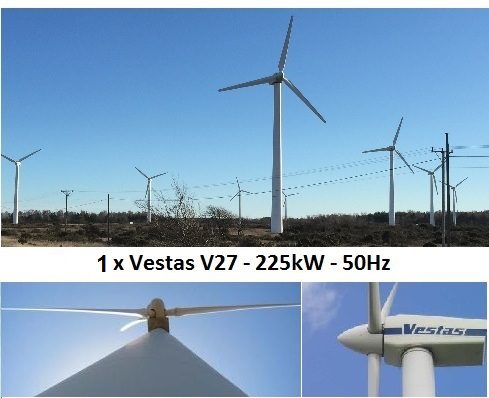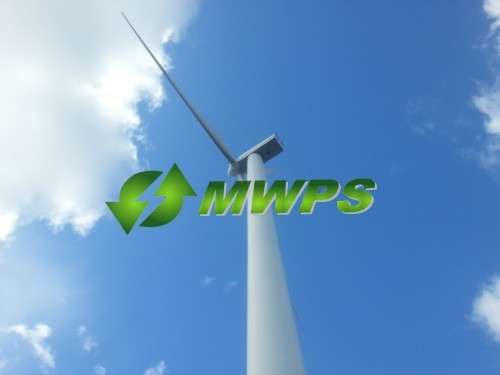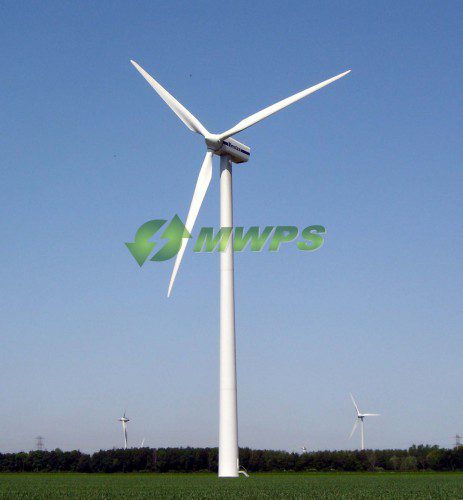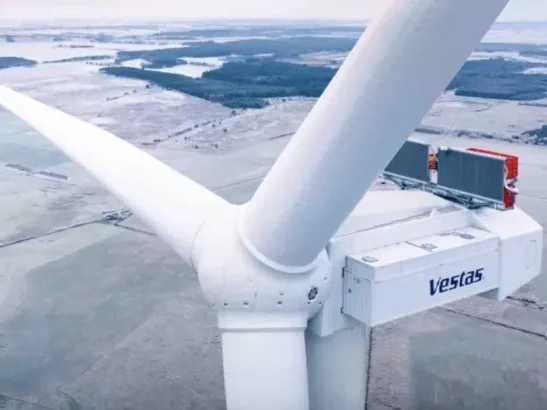As a number of coal-fired power stations are being decommissioned in the UK, it is welcome news to hear from respected energy experts, Bloomberg New Energy Finance (BNEF), that the electricity produced by wind power is now the cheapest in the UK.
BNEF has conducted a new study and it has concluded that wind power generates the cheapest electricity in two European countries; the United Kingdom and Germany. That’s a first for a G7 economy.
In dollar terms, the cost of onshore wind power has fallen from $108 ( about £70) per megawatt-hour 12 months ago to $85 today. That’s large because wind turbines have become more efficient and are cheaper to build. A significant decline in borrowing costs, with bank lending rates at an all-time low, is a great boon for wind farms than for fossil-fuel plants. This is because far more of the cost of renewable energy projects related to their construction, which is largely funded by loans.
Onshore UK wind farms currently produce about 60 percent of the UK’s wind power output. They should continue to be the leading form of renewable energy for the next few years. And this is despite the UK Government having stopped subsidies and handing the final say on whether a wind farm project should go-ahead to local residents instead of Councils. By comparison, coal-fired power station costs have spiraled up from nearly $98 mWh to $115 and gas from $100 to $114. This is influenced by the EU agreed new rules that will greatly increase the amount non-green generators must pay for their carbon emissions.
Offshore wind generation, perhaps unsurprisingly, is more expensive and costs $175 mWh, according to the research, by BNEF. However, the BNEF figures are particularly welcome because there is a tendency for the UK general public to believe that renewables are really expensive; often fuelled by the anti-green lobby.
Seb Henbest of Bloomberg said:
“There’s still a tendency for the general public to believe that renewables are really expensive, while coal and gas are cheap. This is how it used to be not so long ago, but over the past five years technology costs have come down significantly, along with financing costs.”
Luke Mills, also of Bloomberg, added:
“Onshore wind and solar panels are both now much more competitive against established generation technologies than would have seemed possible only five or 10 years ago.”
The bottom line is quite simple; the cost of electricity generated by wind, solar, or any other renewable power source, is basically free. Of course, there are costs related to personnel and maintenance, but the actual source of the power comes from free natural forces. Conversely, with fossil fuels, you need to pay for the coal or gas that will be burned to keep power plants in operation. The fewer fossil fuels are used, the more money it takes to generate electricity with them in power plants, owing to the increased costs generated when these plants are sitting idle. This is why in the UK a number of coal-fired plants are being demolished. As these costs rise, more renewables will be used. It’s a welcome cycle that will result in fossil fuels becoming more expensive and less used and renewable power becoming cheaper and more prevalent.
While the current leaders in the cheap wind power stakes are the UK and Germany, there’s every reason to expect that other developed countries will go in the same direction. The picture is different outside of Europe. Coal is still the cheapest form of electricity to produce in both the Americas and the Asia-Pacific region. However, even here, the cost of wind and solar power is dropping.
Clearly, they are the energy sources of the future, which is good news for all of us! Back to Britain- even with this good news more could be done. Friends of the Earth chief executive Craig Bennett said:
“If the Government wants to see lots of investment in the cheapest form of low-carbon energy to help us tackle climate change, then the fastest way to do that would be to offer a bit of subsidy to reduce the investment risk.”
The Government Department responsible mentioned the issue of subsidies- a spokesman for the Department for Energy and Climate Change said:
“Government support has driven down the cost of renewable energy significantly, enabling renewables to compete with other technologies… Our priority is now to move towards a low-carbon economy whilst ensuring subsidies are used where they are needed most, to provide the best value for money for hardworking bill payers.”






